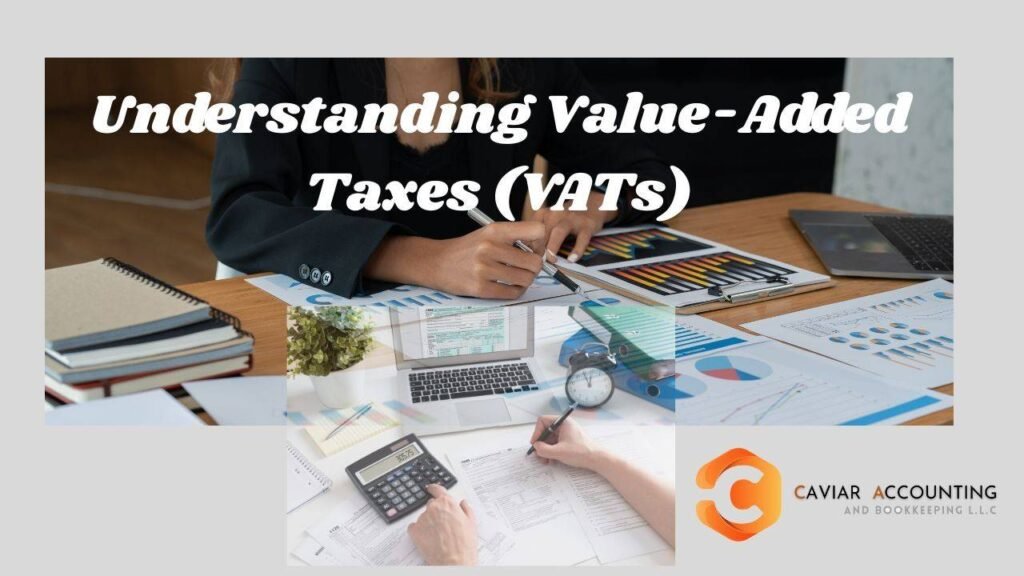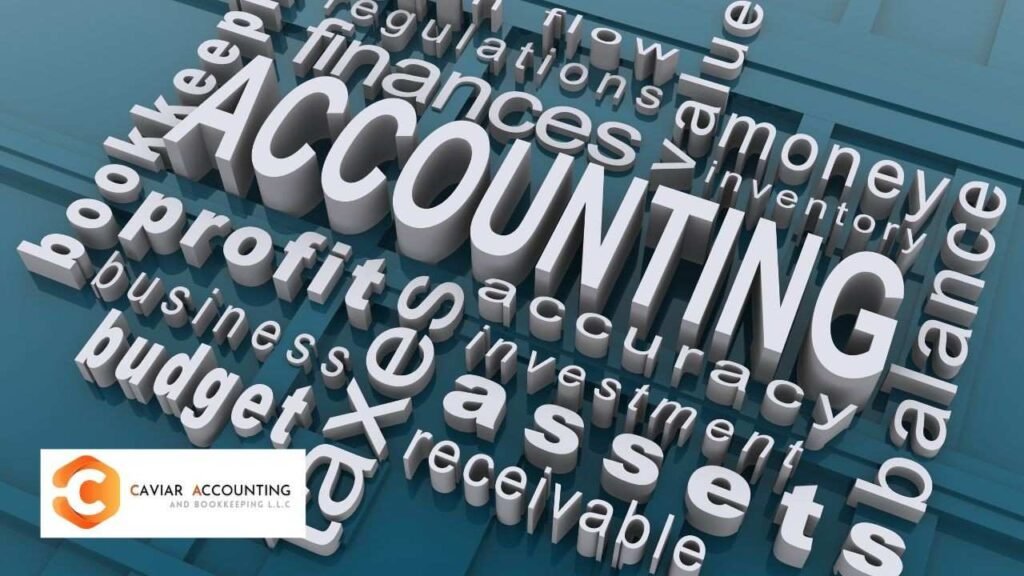Understanding Who Benefits from VAT

VAT is primarily intended to be a consumption-driven tax. That is, it is payable by the buyer. However, various stakeholders within the economic system are affected by VAT in multiple ways. Though VAT is usually considered a burden for consumers, it could provide specific benefits to government agencies, businesses, and the general economy. Let’s look at the people who benefit from VAT and the ways they help.
What is VAT
Value Added Tax ( VAT ) is an indirect tax based on consumption imposed on purchasing services and goods. It is among the most popular types of taxation all over the world. It is credited with its methodical approach to earning revenues for the government and not directly taxing earnings or income. The principle that underlies VAT is that it’s considered at all stages within the supply chain, from manufacturing to the point of sale. The consumer bears the final tax burden.
VAT Also called Goods and Services Tax or General Consumption Tax is a type of consumption tax assessed on the value added in each step of production and distribution. It is an indirect tax, and the cost ultimately falls on the buyer, even though the business pays it throughout the process. Certain items and services can be exempted from Corporate tax in several jurisdictions to minimize the effect on consumers.
Caviar Accounting and Bookkeeping L.L.C is a Dubai-based business offering customized accounting and compliance services to companies across the corporate tax in UAE. Employing a group of highly experienced experts, Caviar offers a comprehensive set of solutions that assist businesses of any size to manage their finances efficiently.
KEY TAKEAWAYS
- Value-added tax can be added to the item at any time in the supply chain once its value increases.
- Taxpayers claim that VAT raises revenue for the government without penalizing wealthy people by imposing higher income taxes.
- According to some critics of VAT, the tax puts an unnecessary financial burden on lower-income taxpayers.
Understanding Value-Added Taxes (VATs)

In the current global economic system, taxes are crucial in helping governments finance public services, build infrastructure, and stabilize the economy. VAT is charged at various levels of production. The essence of VAT is the tax based on the value added to services and goods throughout their process, from creation to consumer. Every business within the supply chain, whether an industrial manufacturer, wholesaler, retailer, distributor, or service provider — adds a certain amount of value to their item or service.
When they sell the product to the next company that is part of their chain, they must collect VAT from the price of sale and distribution.In contrast to direct taxes, such as income tax, that are directly sent to the government by businesses or individuals, VAT is collected and refunded from firms for the government and ultimately paid by the buyer.
History of Value-Added Taxes
It is believed that the Value-Added Tax (VAT), now an integral part of the modern taxation systems worldwide, was first introduced in the 20th and early 20th centuries. It was created as an alternative to indirect taxation. It was designed to eliminate the efficiencies and disadvantages of conventional taxation of turnover and sales. The VAT system operates across more than 160 countries, contributing substantially to the government’s revenue and providing an open tax system. To understand the current function, it’s essential to study the history of VAT. Industrialized nations, including the Organisation for Economic Co-operation and Development (OECD), are VAT compliant.
Based on the findings of an International Monetary Fund (IMF) study, any country that adopts VAT is initially afflicted by the adverse effects of lower tax revenue. Over time, the study found that the adoption of VAT, in most instances, increased revenue for the government and was to be effective. VAT can be viewed with a negative meaning across the globe and even hurts its advocates politically. In the Philippines, for instance, Filipino lawmaker Ralph Recto (a main proponent for VAT during the first decade of the 2000s) was removed from his post by voters when the time came to run for reelection. Recto was later reelected and became a supporter of the expansion of VAT.
Advantages and Disadvantages of VATs
Advantages
- Broad-based tax VAT is charged at various levels of production and distribution. This makes it a broad-based and steady source of income.
- Lowers the risk of tax evasion Through its invoice-based model, each participant within the supply chain needs to keep precise records.
- Promotes Compliance Therefore, companies can get tax credits for inputs and are incentivized to maintain proper records and file tax returns correctly.
Disadvantages
- Broad-based tax VAT is imposed at different stages of production as well as distribution. This makes it a broad-based and steady source of income.
- Lowers the risk of tax evasion Through its invoice-based model, each participant within the supply chain needs to keep precise records.
- Promotes Compliance Therefore, companies can get tax credits for inputs and are incentivized to maintain proper records and file tax returns correctly.
How do you apply for VAT registration in the UAE
In the United Arab Emirates, businesses that have an annual turnover exceeding DH375,000 are required to submit an application for VAT registration by the Federal Tax Authority in submitting the VAT registration application. To assist businesses with registration, the tax authority has approved authorized tax professionals to assist companies.
The registration deadlines are set through the FTA, and the procedure has been completed before the timeframes. Although companies need to be aware of all obligations related to the registration process for FTA, it is also crucial to know the implications of VAT for their operations and businesses.
The following information must be given to the tax authorities during the process of applying for tax credits:
- Name of the company (applicant)
- Banking details
- Contact details
- Relations with business
- The declaration of supplies that are tax deductible annually
Be aware: The Federal Tax Authority can solicit additional company information when registering. It is suggested that you give us a phone call now. We are your trustworthy tax advisor means the following
- Your business doesn’t have to take out documents or file a VAT return because our team will assist you in this task
- Our professionals can aid you if your company is required to undergo an audit.
Value-Added Taxes and. Sales Taxes

Value-added tax (VAT) and Sales Tax are two commonly used methods of indirect taxation that governments impose on the consumption of products and services. Although both aim to raise public revenues by consuming, they’re very different in their structures, implementation, application, and effect. In each step, firms take VAT from their purchases (output tax) and can be credited for the VAT they paid on acquisitions (input tax).
Conclusion
Although VAT (Value-added tax) was initially designed to be an instrument to boost income generation, the benefits can be enjoyed by all parties in the economic system. The government benefits from a stable, transparent income stream that funds public service provision. Companies operating in the formal industry can benefit from improved tax credits for inputs and streamlined processes. Customers can help by providing better services and infrastructure funded through VAT revenue; however, they are also responsible for tax costs. In the end, the efficiency and fairness of the VAT will depend on how it’s executed and if supportive measures have been put in place to shield lower-income people from the regressive nature of VAT.
FAQ
Who are the principal recipients of the VAT
The biggest beneficiaries of VAT are government agencies (through stable revenues) and registered businesses (through the tax credit system for input taxes) as well as the general economy (due to the increased transparency as well as decreased tax evasion). Despite paying VAT, customers could also gain indirectly from a better public service funded through tax revenue.
Who is responsible for VAT?
The consumer is responsible for the VAT cost at the end of the day. Companies collect the tax during trade but don’t bear the burden of paying for it themselves.
What benefits do governments get from VAT?
VAT can provide governments with a steady and reliable income stream that helps fund public services like education, health, and infrastructure.

